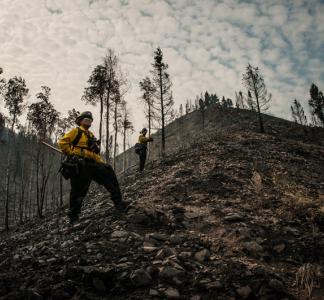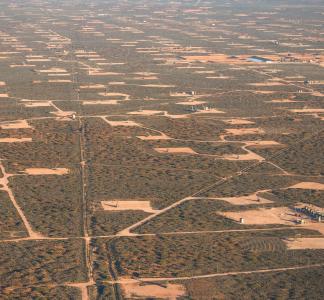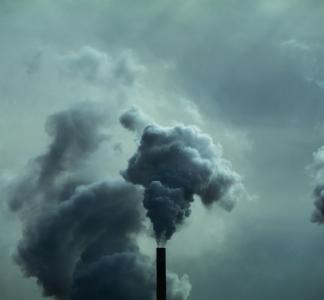Trump doesn’t care about climate or these 5 national parks
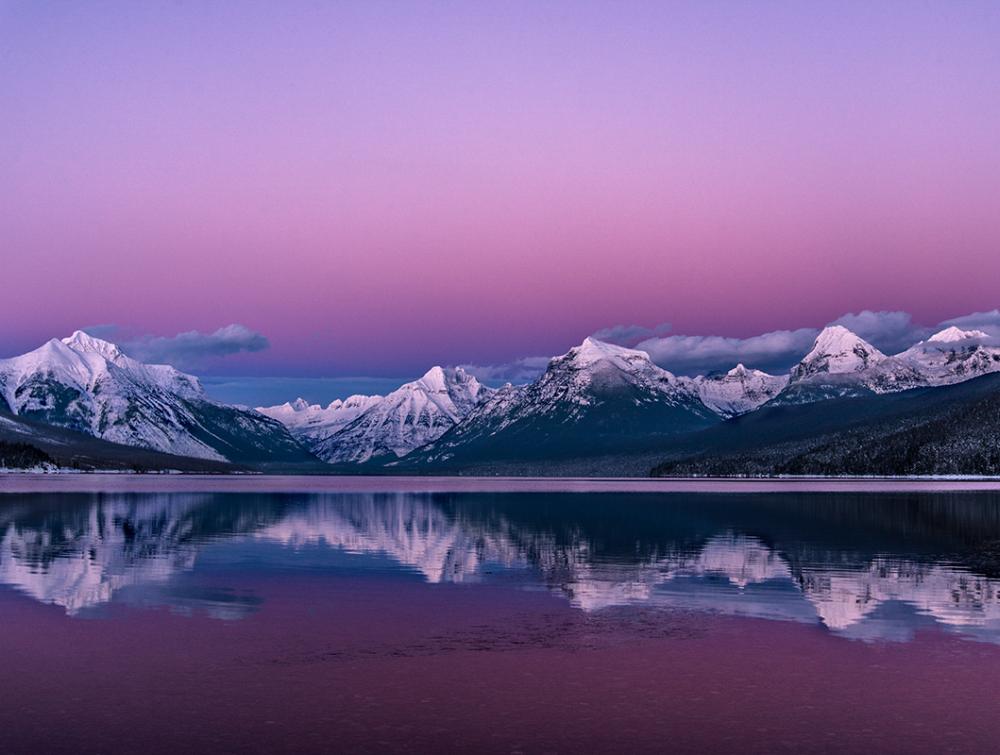
Glacier National Park, MT.
Greg Owens.
Trump announces the U.S. withdrawal from the Paris agreement
On June 1st, President Trump announced the U.S. withdrawal from the Paris agreement, a huge blow to our wildlands already suffering from the effects of a changing climate.
“Climate change is the single greatest long-term threat to our parks and wild places.” said Jamie Williams, president and CEO of The Wilderness Society. “By deliberately undermining the global effort to address climate change, President Trump just did the most counterproductive thing possible for our shared wild lands."
“By deliberately undermining the global effort to address climate change, President Trump just did the most counterproductive thing possible for our shared wild lands."
The June 1st decision to withdraw from the climate accord could drag on for a few years, but the symbolism is clear. Trump believes climate change is a “hoax,” and will do everything he can to enable corporate polluters and kill environmental protections that help control emissions.
Climate change can seem intangible with a multitude of effects that are complicated to track and hard to understand, but these 5 national park units are already undergoing dramatic changes linked to human-accelerated global warming. They symbolize changes our environment will face if we don’t commit to facing climate change head on.
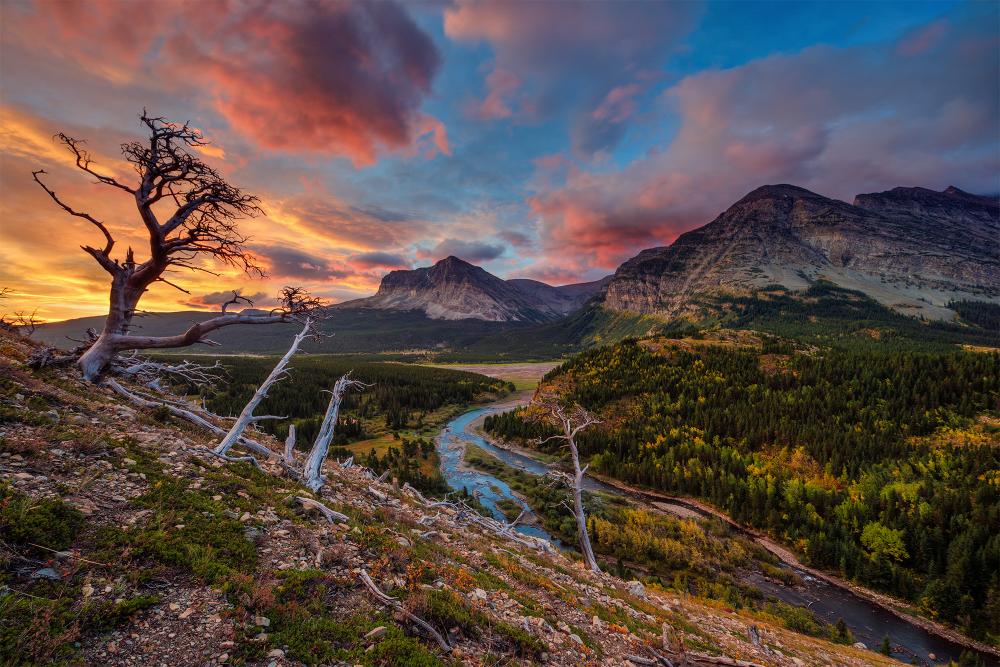
Glacier National Park, MT.
Tom Bricker, flickr.
1. Glacier National Park (Montana)
Glacier National Park is over 100 years old, but its iconic namesake may not last another 100 years. In the last 50 years, the park’s glaciers have shrunk by more than a third, according to new data. It’s one of the more visually stunning reminders that our climate (as we know it) is shifting.
Iconic landmarks shrinking
Warming trends are higher than the global average in the Rocky Mountains. Although these glaciers have been slowly melting for the past few hundred years, scientists attribute the accelerated pace of the past few decades to human activity.
Nearly 3 million people come to the park to gaze in wonder at ice sheets that date back thousands of years, but with some of the park’s 39 glaciers shrunk by more than three quarters, there may not be much for future generations to visit.
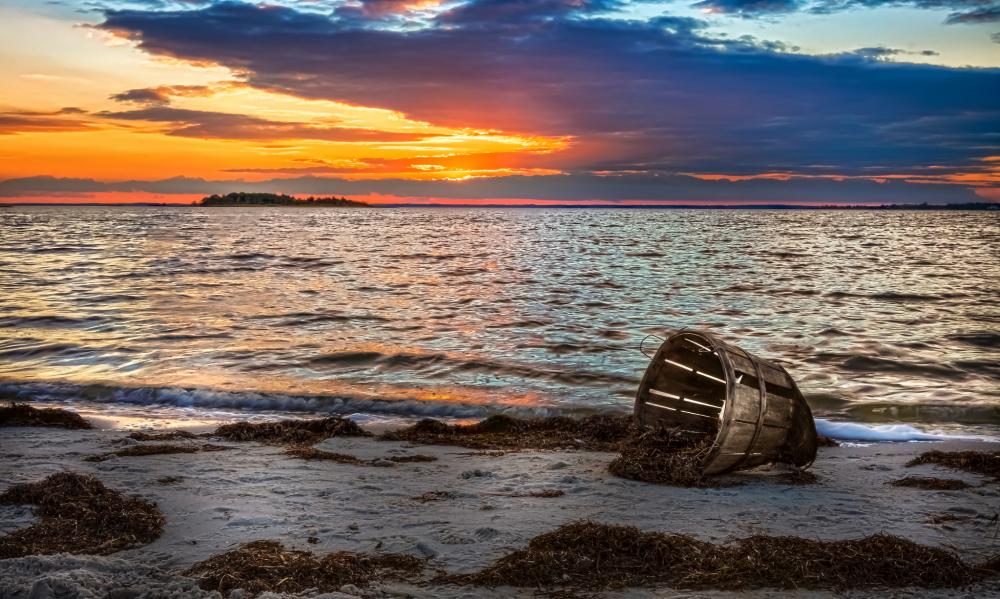
Assateague Island National Seashore, MD/VA.
Eric B. Walker, Flickr
2. Assateague Island National Seashore (Maryland/Virginia)
Exposed to storms and shifting tides, the 37 mile-long barrier island of Assateague Island National Seashore naturally and frequently shifts. But by 2040, scientists predict that the island will have more extreme weather and the sea level around the low-lying coast could rise up to 9 inches.
An island swallowed by the sea
Higher sea levels will accelerate the natural reshaping of the island, with waves crashing over the island at a rate quicker than park management can keep pace with. This spells trouble for the infrastructure and natural features at an eastern seashore known for its wild horses and sprawling sand dunes where many camp and collect seashells.
Learn more about national seashores and parks at risk of rising sea levels.
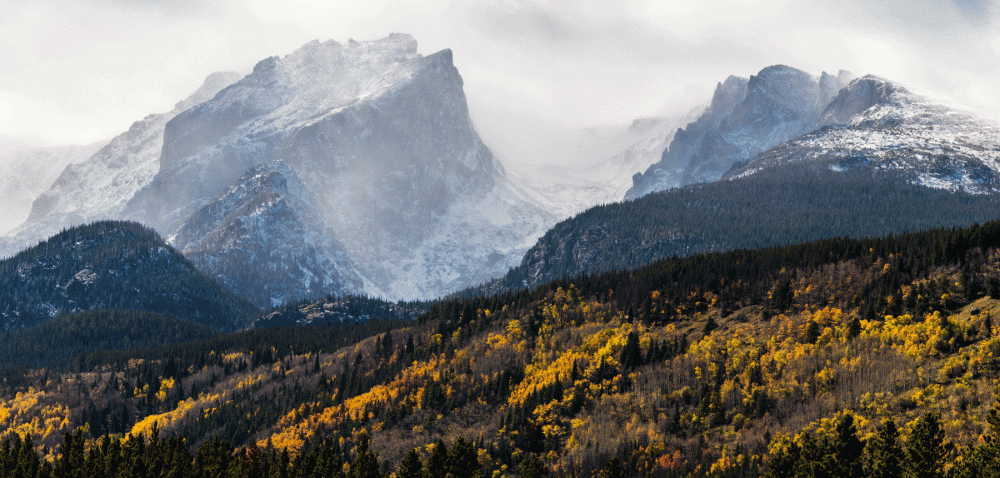
Rocky Mountain National Park, CO.
Jacob W. Frank, NPS.
3. Rocky Mountain National Park (Colorado)
With a 3.4℃ rise in average annual temperature over the last century, a pint-sized, rock-dwelling mammal among the high altitudes of Rocky Mountain National Park is the symbol of what’s in store for creatures who are unable to adapt to a changing climate.
Wildlife struggling to adapt
Cute yet elusive, pikas are important indicators of an ecosystem’s health. Adapted for cold temperatures at high elevations, these mammals have nowhere to escape the heat as temperatures rise. In less than a century, only three of the eight national parks in a 2016 study are predicted to have stable pika populations, with the five remaining parks’ populations vulnerable to local extinction.
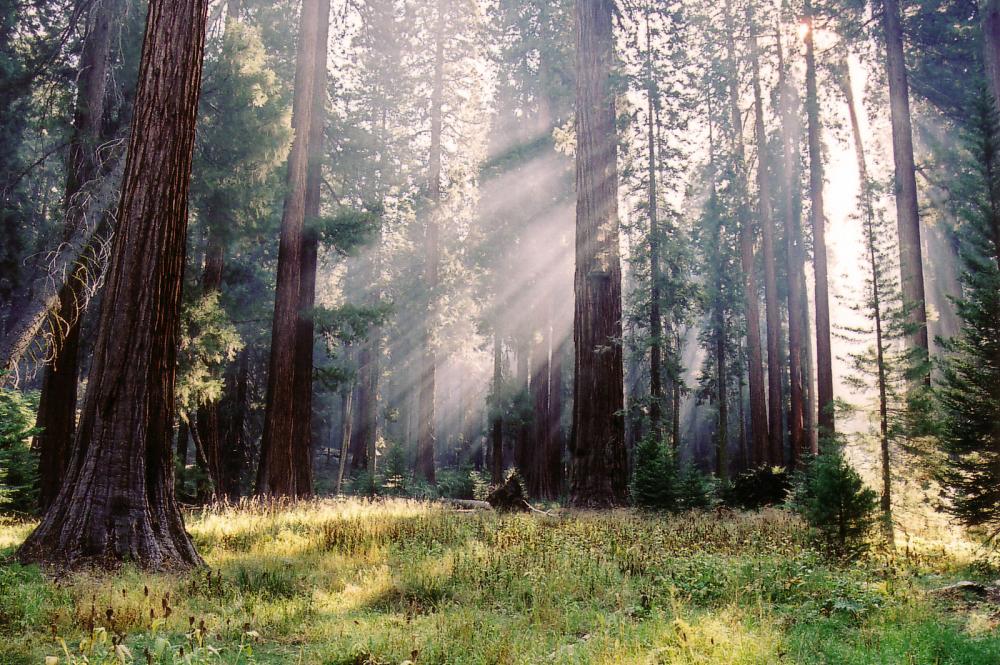
Giant sequoias can live up to 3,000 years, but they are dying far too early from long-term drought in California.
Phil Zrim, flickr
4. Sequoia and Kings Canyon National Park (California)
In Sequoia and Kings Canyon National Park, some of the biggest and longest living organisms on earth are falling victim to an invisible force—drought.
Ancient trees falling to drought
With an incredible ability to withstand dryness and disease, these giants can live up to 3,000 years, but after years of extraordinary drought in California, scientists are shocked to find dozens of these trees dead. Higher temperatures combined with less rain and snowpack in California’s Sierra Nevadas are creating near uninhabitable conditions for this tree species thought to have towered above dinosaurs.
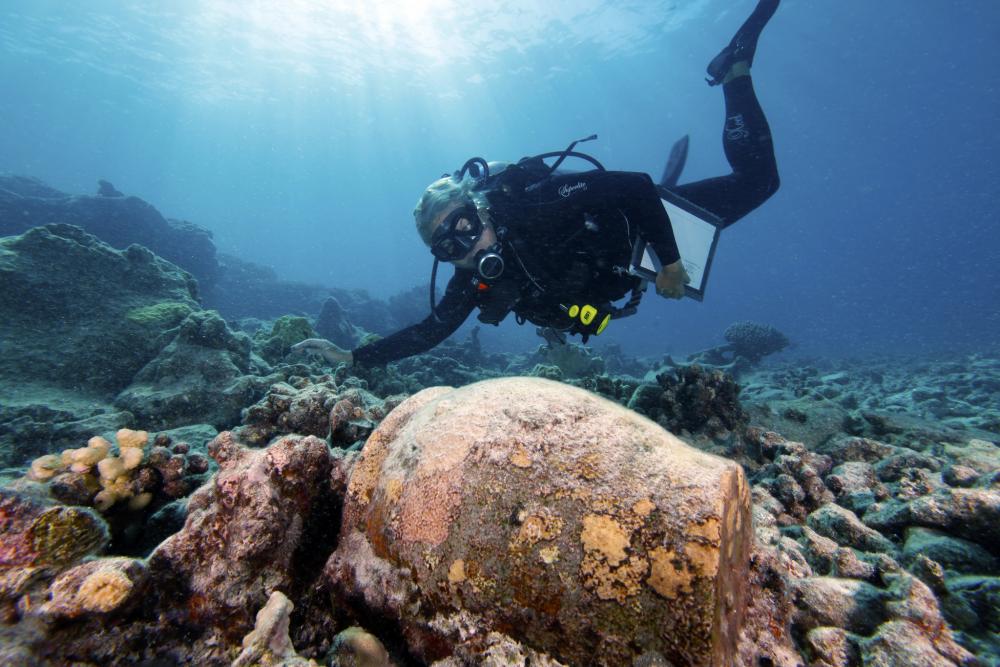
Archaeologist Dr. Kelly Gleason examining a jar from the shipwreck of the whaling vessel "Two Brothers" in the Papahānaumokuākea Marine National Monument.
Greg Fall, NOAA.
5. Papahānaumokuākea Marine National Monument (Hawaii)
One of the largest marine conservation areas in the world, the Papahānaumokuākea Marine National Monument, is slowly being eaten away by changes to the Pacific Ocean’s chemistry and sea level.
Fragile corals dying
Unusually high sea temperatures can stress and ultimately kill coral, creating a “bleached” effect. As a haven for nearly 7,000 creatures, including threatened sea turtles and monk seas, a coral reef die-off would be catastrophic for biodiversity that is found nearly nowhere else in the world.
Another failure for our parks
Wild landscapes have already been grossly neglected under Trump: the President’s proposed budget looks to starve land agencies and conservation programs while executive orders in March got rid of Obama-era climate policies that sought to mitigate harmful emissions and laid a framework for a sustainable energy future.
Instead, Trump wants to throw open the doors to drilling on sensitive public lands and ignore how increased fossil fuel use ups potent greenhouse gas emissions.
Backing out out of the Paris Agreement is a failure to America’s lands and another sign that Trump has no intention of preserving our natural heritage for generations to come.
